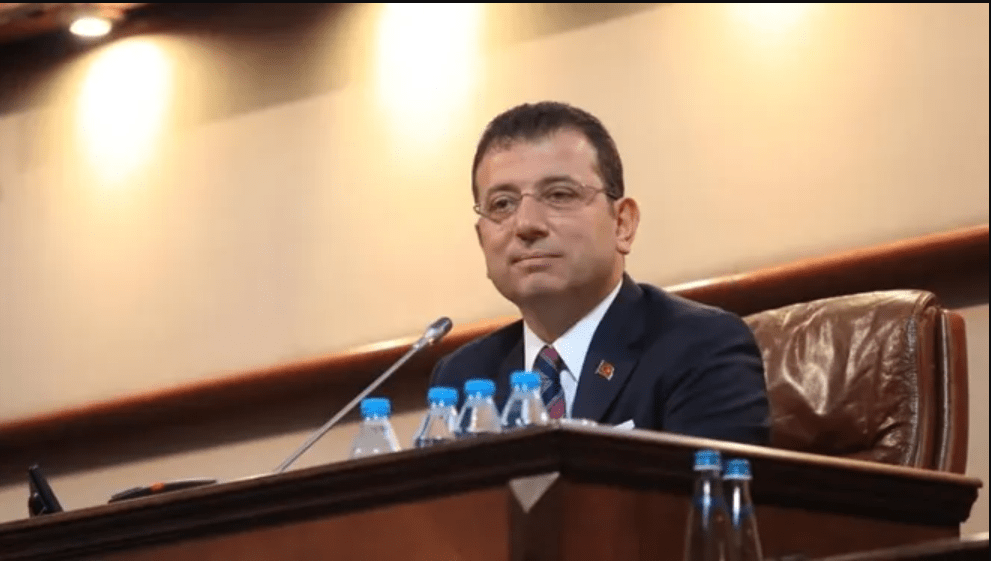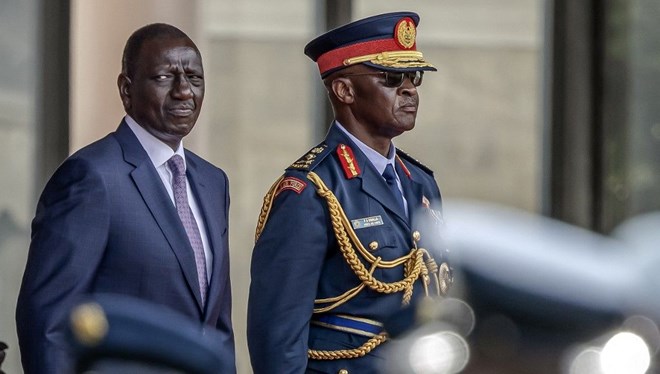The MENA and Sahel areas have been “increasingly” targeted by America’s global military goals since the end of the Cold War, according to authors
According to a significant new research, the Middle East and Africa are becoming the focus of US military operations, which account for more than 25% of all of the nation’s campaigns over the course of its history.
According to the research, the US has conducted about 400 military operations since its formation in 1776, with more than a quarter of those operations taking place in the post-Cold War era.
According to the first significant research of its sort, Introducing the Military Intervention Project: A New Dataset on US Military Interventions, 1776-2019, the post-9/11 era was marked by “increased animosity levels” and “overwhelmingly commonplace US military operations.”
“The cumulative impact of what we discovered from our data collection effort was indeed surprising,” said Sidita Kushi, an assistant professor at Bridgewater State University in Massachusetts, and one of the study’s authors. “We hadn’t expected both the quantity and quality of US military interventions to be as large as revealed in the data,” Kushi told Middle East Eye.
After the Soviet Union disintegrated in 1991, the US rose to become the world’s leading military force. This did not, however, result in a decline in military involvement.
The report’s conclusion said, “US military interventions continue at high rates and rising hostilities, despite the post-Cold War era producing fewer great power confrontations and situations in which to defend critical US interests. This military tendency continues despite the fact that there are undoubtedly less direct threats to the nation and security of the US at this time.
‘Global War on Terror’
After the Cold War ended, US humanitarian military missions became more and more acceptable since they upheld human rights.
It should not be surprising that Washington chose to use military force to get its way around the world given the post-9/11 environment and the US drum-beat call for a “Global War on Terror” (GWOT), according to Monica Duffy Toft, professor of international politics at the Fletcher School of Tufts University, also in Massachusetts.
According to Toft, a co-author of the paper, “the GWOT is, in reality, indicative of the method in which the US came to handle problems in this period: war.”
The analysis discovered that the end of the Cold War freed US military aspirations for a worldwide presence. Washington “began to increase its hostilities” as US adversaries scaled back their military engagement, creating a “widening gap between US activities relative to its opponents.”
According to the Stockholm International Peace Research Institute, the US military now costs more than $800 billion yearly, or over 40% of all military expenditures worldwide.
According to Toft, “the US continues to drastically prioritize money for its Department of Defense while restricting funds and functions for its Department of State. At present, the US has more special forces deployed abroad than diplomats.”
US military operations have also gotten murkier. The days of Washington using all of its military strength in a fight, as it did in Iraq and Afghanistan, are long gone. Today, drone attacks over most of the Sahel are carried out secretly from distant military locations like the $110 million Agadez airport in Niger.
The Biden administration increased the US military presence in Africa earlier this year by overturning the former US President Donald Trump’s decision to withdraw soldiers from Somalia and creating a permanent military facility there.
‘Violence tends to beget violence’
American military presence across the world “may come as a shock to Americans. Kushi told MEE that “US legitimacy has gravely weakened, primarily as a result of its now decades-long hyper-interventionist position,” adding that “they are regrettably scarcely shocking to the rest of the world.” “.
A “lot of respect for the United States, even among our friends,” cautions Kushi, has been lost over the past several decades, despite the US historically viewing the use of military action as a last choice.
The writers make a point of pointing out that American power has occasionally been used for good, such as during the US-led intervention in Kosovo that stopped a possible genocide. But more generally, the report “serves as a warning” that continuing US military actions are negatively affecting both the globe and American national security.
According to Toft, it is doubtful that America’s elite will make a quick turn about very soon since they have become accustomed to seeing a military answer to many of the country’s perceived worldwide challenges.
“Violence tends to breed violence,” said Toft, “and even a wise move toward a multi-factor foreign policy—a foreign policy that depends on friends’ wisdom, engages diplomacy, commerce, and assistance first, and uses force last—can take years to produce fruit.
America’s enemies can be “forgiven for their cynicism” and for not thinking that the nation’s foreign policy elite might alter their minds since they had become accustomed to US military interventions. The Democratic and Republican parties have mostly maintained a consistent stance on foreign policy, which has more or less pushed US military adventures abroad.
Toft forewarned that the number of US initiatives in both MENA and Sub-Saharan Africa will likely continue to rise given the existing environment of interventions and inertia.
the source used in the creation of the news: https://www.middleeasteye.net





